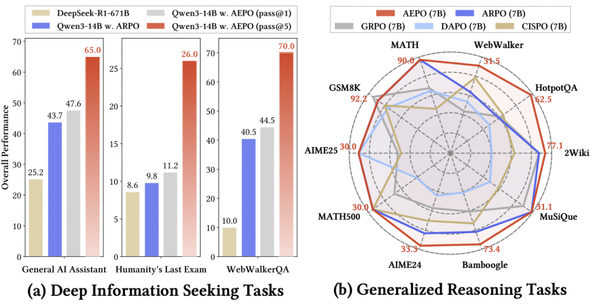How Should a Product Manager Stay in Control When a Release Fails, Developers Are Away, and the Business Is in Chaos?
Midnight Release, System Meltdown — What Should a Product Manager Do?
When systems crash right after going live, it's more than just incident response — it’s a real-life test of control, trust-building, and systems thinking.
This guide takes you through a real chaotic scenario, breaking down how a PM can steady the ship when everything feels out of control.
---
The Chaos Hits
Picture this:
The system goes live at midnight, and by morning bugs are raining down —
- Business teams are furious
- Group chats are exploding
- Leadership demands answers
- And you’re the one everyone is @-mentioning
That was my morning.
I was alone in our Shenzhen office, while the dev team — outsourced — was far away in Jiangxi.
All communication channels ran through me.
The Bug List (Morning After Release)
- Project Setup: Some apps couldn’t select historical assets.
- Offline Data: Query filters not working.
- Asset Management: Naming and data tagging errors for historical materials.
- Account Management: All secret key information lost.
Each bug directly blocked business processes, and in the chat, tension rose fast: anxiety, blame, and doubt — all directed at me.
---
Step 1 — Stabilize Emotions Before Fixing the System
Your instinct might be to chase developers, check logs, or deflect blame.
But as the bridge between business and tech, my first move was to control the scene.
In the Group Chat, I Did Three Key Things:
- Receive All Emotions Constructively
- “Got it, let me document this first.”
- “I’ve seen your case, I’ll collect everything centrally.”
- “Okay, issues logged: ①②③...”
No blame, no defensive talk — just showing I was catching their fall.
- Express Empathy
- “I understand this impacts business progress — my apologies to everyone for the disruption.”
A single sentence of understanding is more effective than long-winded explanations.
- Take Active Responsibility
- “I’ll track all issues from my side. If you see new exceptions, @ me directly — I’ll assign someone to collect and follow up.”
This reduced direct dev disruptions, centralized communication, and kept information flow under control.
✅ By this point — chaos was in my hands, not scattered in the chat.
---
Step 2 — Stabilize Information & Control the Rhythm
I created a tracking sheet grouping all issues by:
- Module
- Severity
- Responsible party
Then I set a communication rhythm:
Every hour, I updated the chat on:
- ✅ Fixed issues
- 🔍 Items under investigation
- ⏳ Expected completion time
> This wasn’t about looking busy — it was about restoring order and reducing anxiety.
When processes have rhythm, uncertainty decreases.
---
Step 3 — Immediate Post-Fix Review
Once all bugs were resolved, I initiated a retrospective with the outsourced dev team — not for blame, but to find root causes and strengthen processes.
Key Questions We Asked:
- Why didn’t testing catch these issues?
- Was there missing code coverage?
- Was the rollback mechanism complete before release?
I documented everything into a “Release Incident Review & Improvement Plan”, then shared it publicly with the business group.
This showed one thing clearly:
Problems can be solved systematically.
---
Conclusion — Calm People, Strong Systems
Every wall can become a door — every crisis contains an opportunity.
Lesson learned: Systems may crash, but the team must feel someone is in control.
A mature PM isn’t just about clear PRDs and good business logic.
They steady the team in chaos, so everyone feels “someone’s got this”.
In distributed or outsourced teams, control under pressure is a core competency.
---
Bonus — Tools to Boost Crisis Communication
When workflows and stakeholders span multiple channels, centralized communication tools can speed up how information is collected and shared.
Platforms like AiToEarn官网 provide an open-source, global AI content monetization ecosystem — connecting AI content generation, cross-platform publishing, analytics, and model ranking.
For PMs and creators, having a single hub to publish updates across channels — from WeChat to LinkedIn, YouTube, and beyond — keeps your voice consistent and clear, both in routine and emergency situations.
---
———— / END / ————




